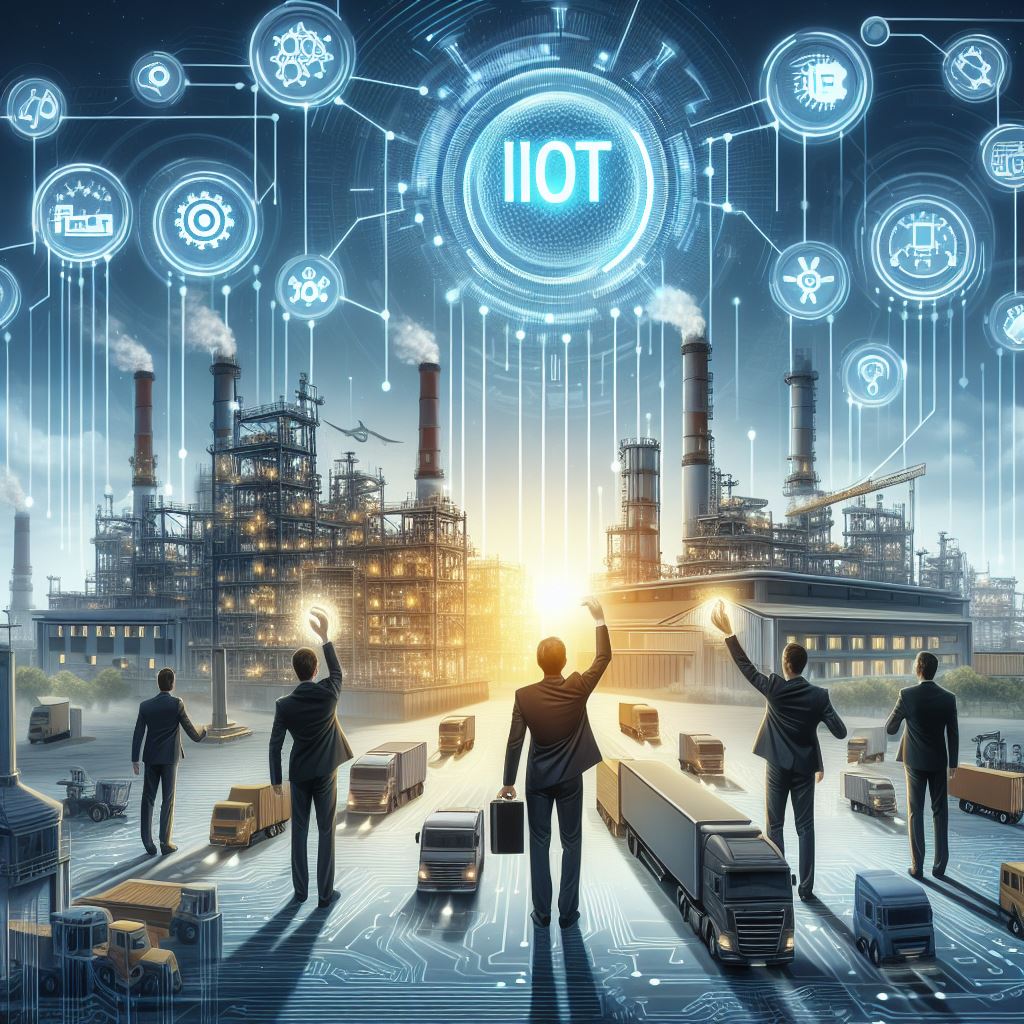In recent years, greater data availability, deep learning techniques, and significant growth in computing have enabled AI experts to tackle several problems that had remained invulnerable for years. Advancement in modern technical aspects like computer technology, artificial intelligence, image processing, and pattern recognition theory has led to the development of image recognition technology.
With the use of software, machines can be taught to interpret images the same way how human brains identify and analyze those images. Integrating artificial intelligence (AI) to image processing generates face recognition and authentication functionality which can be used for ensuring security in public places, private offices, etc. by detecting and recognizing patterns/objects in images and videos, and so on.
What is Image Recognition?
AI Image recognition is an advanced software feature that integrates machine learning technology and trained algorithms to recognize specified themes, patterns, objects or images. The ability of this technology to analyze people, objects, places, and behaviors in the form of images captured by a camera is known as image recognition.
The acceptance of advanced technologies such as AI, ML, etc. combined with image recognition can create valuable growth opportunities in several sectors such as healthcare, e-commerce, gaming, social networking, etc.
Types of Image Recognition:
Image recognition can be divided into:
- Single Recognition: The system predicts only one label per image
- Multiclass Recognition: The system can assign several labels to an image
How does image recognition work?
In order for an image recognition system to work, it should have a data set, and using deep machine learning techniques, the software system must be trained to recognize images. Once the system recognizes the image, certain features are extracted from the image (feature extraction). Feature extraction further represents certain patterns as vectors and later predicts objects and then labels the new image into a certain class.
The most important criteria for an image recognition system is accuracy, followed by speed, flexibility, continuous learning, adaptability, & simplicity of setup and integration.
Why is image recognition important?
Being a widely applicable computer vision task, AI image recognition with its highly generalizable functionality can enable a number of transformative user experiences, including:
- Automated image organization
- User-generated content moderation
- Enhanced visual search
- Automated photo and video tagging
- Interactive marketing/Creative campaigns
Image Recognition Benefits:
This technology can be used in several industries like:
- Surveillance and Security
- Medical Image Analysis
- Gaming
- Industrial Automation
- Self-driving (driverless) cars
- Process Management in Businesses
- E-commerce
- Social Media
Conclusion:
A lot of technological breakthroughs have happened in the last few years among which the advancement and implementation of revolutionary technologies like the realm of AI, machine learning, big data, etc. have contributed immensely to refine the image recognition technology much further.
Looking for an AI Image recognition model to accelerate your digital transformation? Sterison image recognition harness AI solutions for intelligent automation of your operations. We use our domain experience in ML and AI development, to provide our clients the best software solution tailored to the specifics of your industry.






